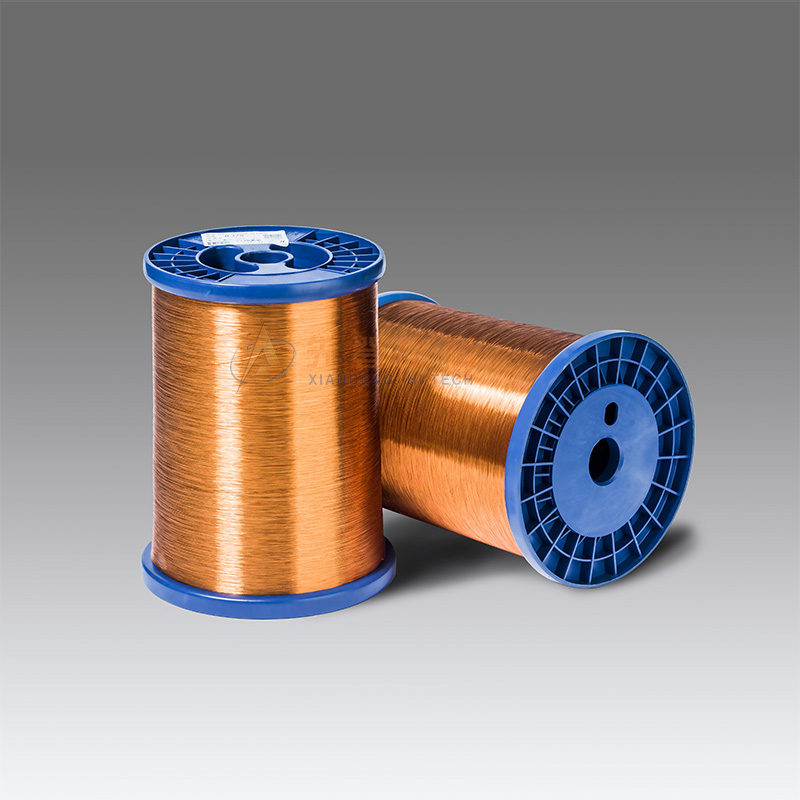

Copper Clad Aluminum Wire (CCA) is a dual metal conduct […]
Copper Clad Aluminum Wire (CCA) is a dual metal conductor made of an aluminum core covered with a copper sleeve. It is a safe, energy efficient alternative to solid copper electrical wires for residential use. CCA is used in a wide range of applications including home stereo systems, speakers and power cables.
CCA’s are considered to be an economical alternative to solid copper wiring and are a popular choice for many homeowners. They also feature a lighter weight, which can reduce transportation and installation costs for the builder. However, when comparing CCA to solid copper wiring, it is important to consider the pros and cons of each. Solid copper has a higher amperage capacity, which is important for long distances. It is also less expensive than copper clad aluminum. However, this type of wiring can corrode more quickly, which can lead to a loss in performance over time.
A key advantage of copper clad aluminum is its ability to withstand higher temperatures than other metals. This allows it to carry more current, which can help reduce the chance of fires or overheating in homes. Additionally, it is resistant to corrosion and can be easily re-tinned when it becomes damaged. This type of wiring is a popular option for high-powered appliances in homes, such as ovens and dryers, which are more likely to be exposed to excessive heat.
Unlike solid copper, which can oxidize and deteriorate over time, copper-clad aluminum will not corrode or lose its conductivity. This makes it a safer and more reliable conductor than other metals, particularly in harsh environments or high-voltage applications. The aluminum core also acts as a buffer against shocks and vibrations. This helps to protect sensitive electronics from damage and ensures that the conductors will continue to perform as intended in the long term.
To create copper-clad aluminum, a sheet of copper is applied to an extruded aluminium rod and then bonded to it by using a low-melting process. The edges of the two half cylinder-copper tapes are then welded together to form a continuous sleeve around the aluminium core. Afterwards, the sleeve is reduced in diameter by drawing.
The copper sleeve on the aluminum core is a good electrical conductor because of the skin effect, which forces alternating current to flow along the outer surface of any wire. This results in a more even distribution of resistance over the entire conductor, which can increase the overall efficiency of the cable and reduce its overall amperage rating. This is especially helpful in higher-frequency applications, such as radio frequency feedlines for coaxial cables.
Despite its decreased popularity since the copper shortage in the 1970s, CCA is still code compliant for 600 volt residential branch circuit conductors and is safety-listed by UL. Copperweld CCA building wire offers superior current-carrying capacity to its alternatives and provides cost-saving benefits to consumers while conserving energy for the benefit of society.
